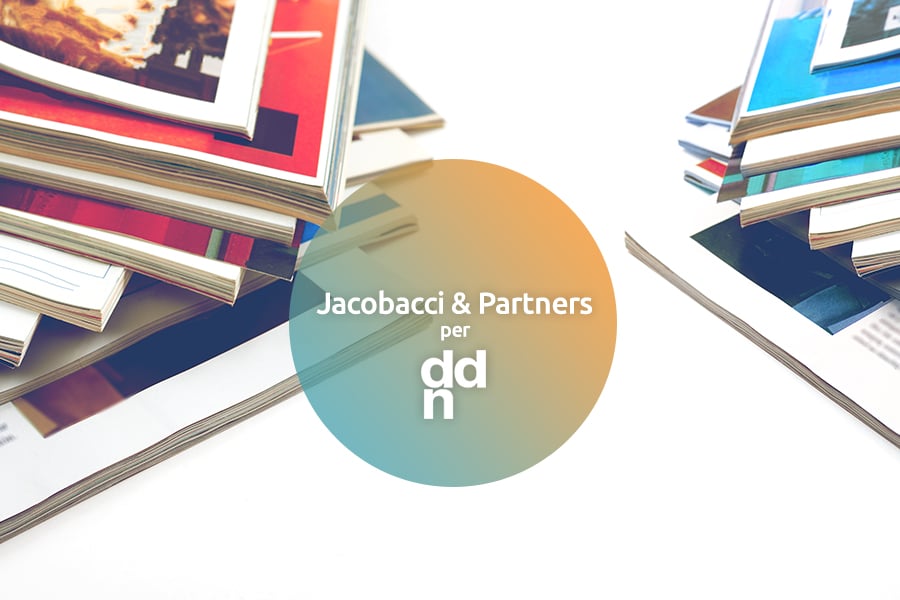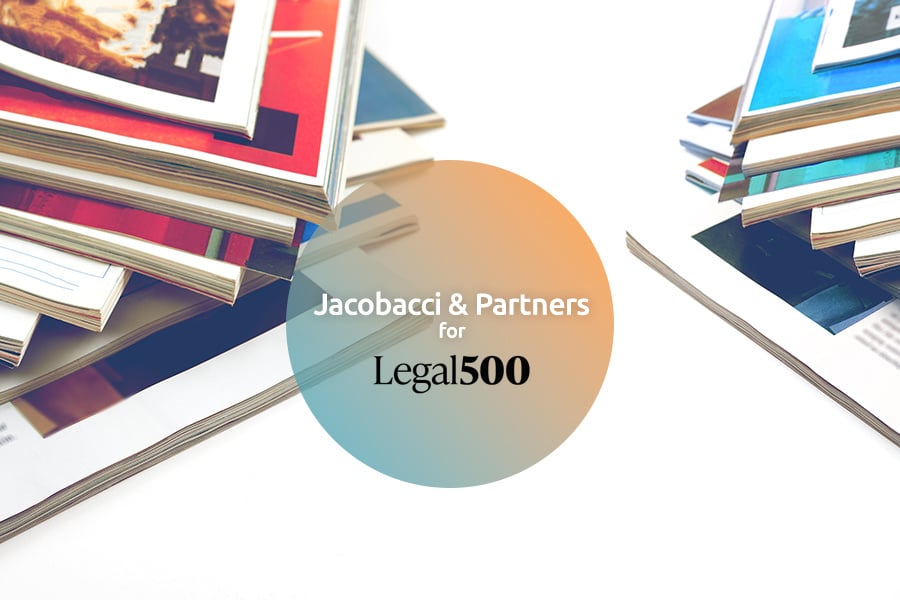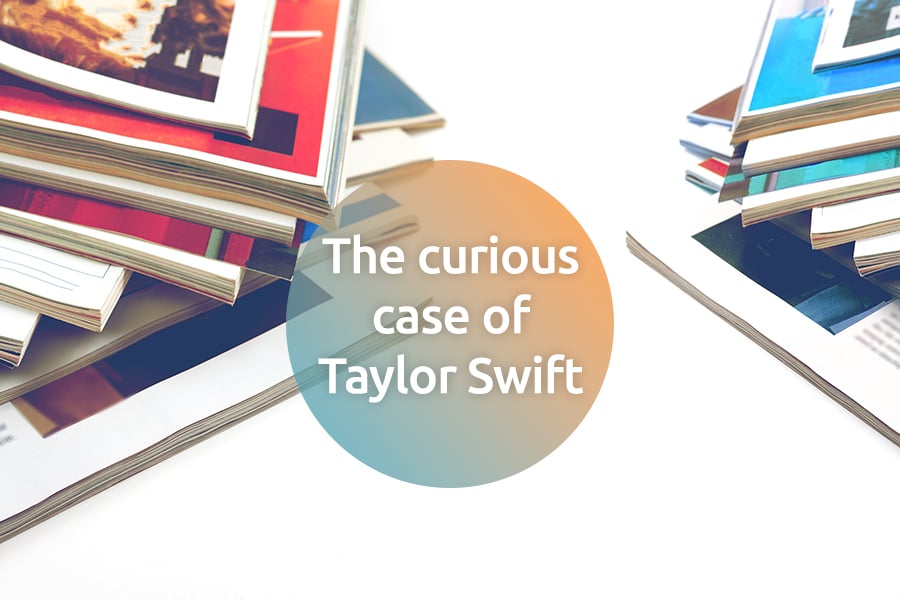We can finally focus on the tool of the Industrial Property dedicated to the protection of design: the design patent. As you already know, it protects the appearance, shapes, profiles, colors or superficial structure of a product.
Design seems an easy tool to manage but its manifold aspects and the law in force in different countries (far from being homogenous) require careful procedural, strategic and substantial evaluations. For example, only in some areas, such as the EU and the USA, public disclosure is compatible with a later application for the patent, while this is impossible according to Chinese law.
The protection of a detail may be easier in some countries, while in others it is only possible to register the whole product. Moreover, it is possible to protect entire collections, with a reduced economic effort, where there is the “multiple design application”, which allows you to include the articles belonging to the same Locarno classification in one procedure. Taking into account the life of the product, it is possible to take advantage, under some conditions, of what
the EU calls “protection of unregistered design”.
From a practical point of view, in order to apply for a design patent, different views of the product must be provided (front, back, top, bottom, left, right, perspective view). Since it is a concrete tool to protect the IP, the design is more or less strictly examined by the offices in charge, which have to make sure the images provided are coherent (which is not an easy task). While developing an efficient strategy, one should focus on the most distinctive aspects of the design, avoiding introducing elements that could limit its protection.
For instance, if you want to register a handle, you can safely avoid representing the surrounding cabinet, as a good consultant may suggest. Sometimes also colors represent a characteristic about which is worth reflecting. The design patent, like any other IP tool, has its own limits but it has also great potential and offers important tax benefits (first of
all, the Patent Box for registered design). Of course, besides protecting one’s design, it is also necessary not to violate others’ patents, making appropriate checks. Browsing through the models deposited at the European Union Intellectual Property Office (EUIPO or, until a few years ago, UAMI), you can find anything: fabrics, furniture, vases, lamps, liqueur bottles, accessories, perfume bottles, diamonds and even cheeses. After all, design is design!





